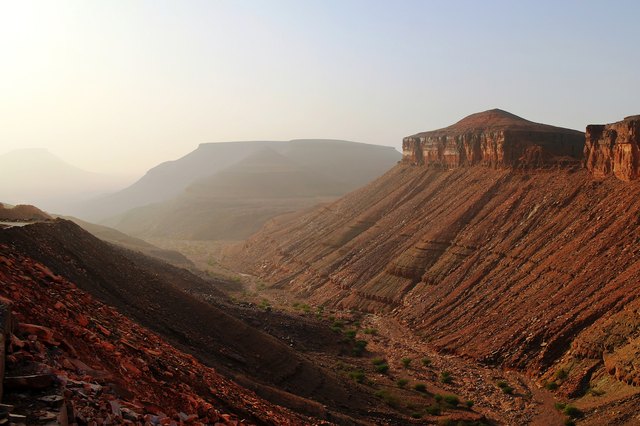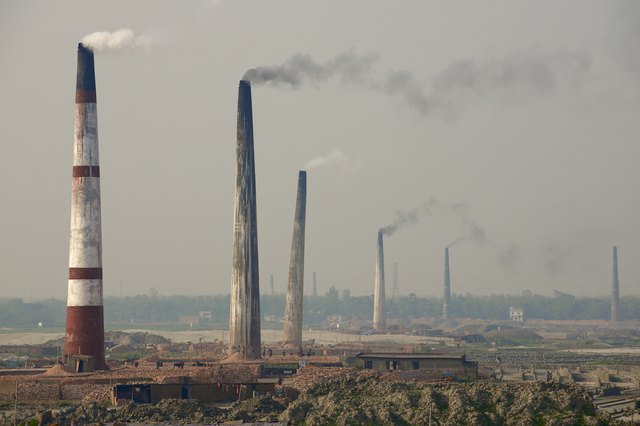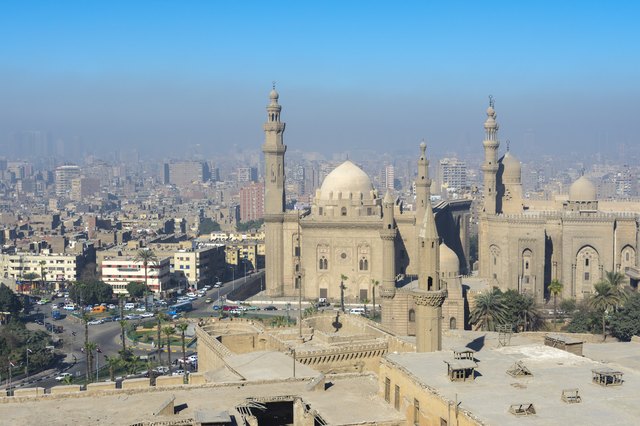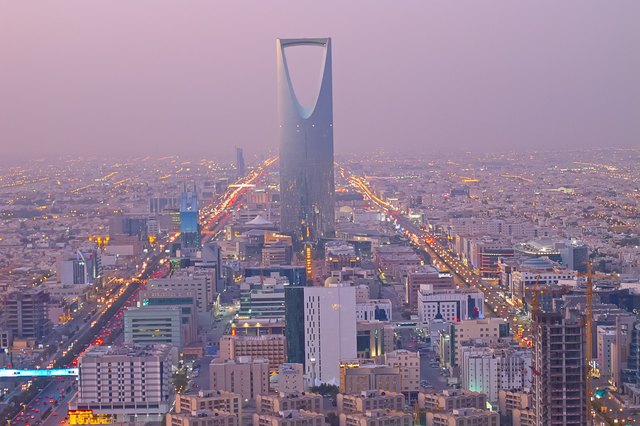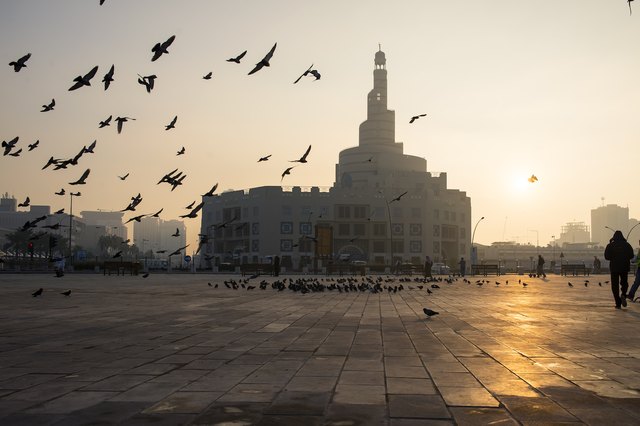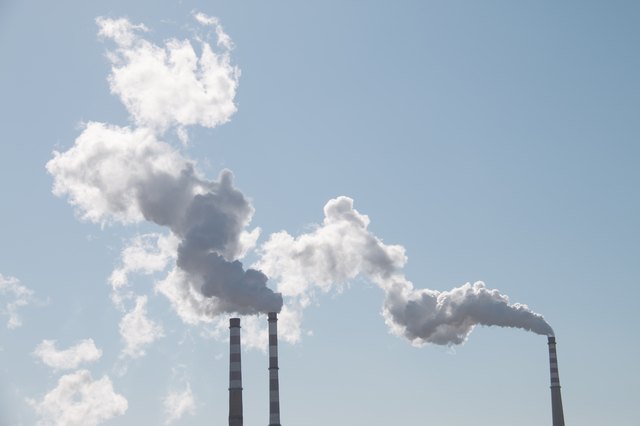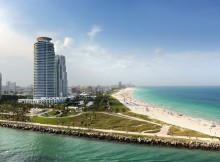15 countries with the deadliest air pollution
Advertisements
When we think about threats to health, we usually think about common diseases and crime rates. But something more deadly has been around you: air pollution. PM2.5 exposure, or fine particle pollution caused by tiny solid and liquid droplets in the air, is the main environmental factor leading to death. According to the status of the global air 2017 report, created by the Institute for global burden of disease and health effects of the Association for health measurement and assessment, PM2.5 causes about 4.2 million deaths per year. This makes it the fifth leading cause of mortality among factors such as smoking, diet and high blood pressure. If you want to know which countries have the most serious air pollution, here is a list of the 16 countries with the most serious air pollution in the world. In China, 58 micrograms per cubic meter of air quality is nothing new to mainstream media. Last December's "air revelation" became the world's top news. People in more than 24 cities in Northeast China have been told not to run away from home when "thick fog covers the whole area," the Independent reported. But despite China's poor air quality, China's air quality has actually stabilized since 1990, thanks in part to the shift to clean energy. In Uganda, 60 mg / m3 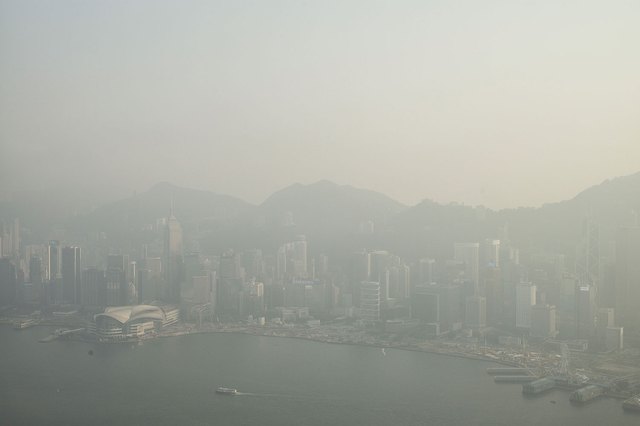
Advertisements
in developing countries including Uganda, environmental risks such as air pollution are particularly dangerous. " "Air pollution has become one of the biggest challenges facing Uganda, especially in urban centers," kiggundu Tamale, MD, told VOA news. In Uganda, the main cause of air pollution is the rapid motorization that traffic, especially in urban areas, is experiencing. " Tamar also listed mining and open burning waste as important sources of pollution. Now listen to: why the obsession with "happiness" in the United States is completely stressful. Dunhill / Adobe inventory to achieve their findings, researchers on global air conditions used population weighted annual average environmental concentrations of PM2.5 since 2015. According to the authors of the report, the highest concentrations of pm2.6 have been found in North Africa and the Middle East, mainly due to "high concentrations of wind blown mineral dust". The United Arab Emirates, 64 mg / m3 Dubai enjoys the reputation of a strong economic power in the Middle East. So it's no surprise that its booming industrial economy has had an impact on air quality in the UAE. According to the economist, it emits the eighth largest amount of carbon dioxide per capita in the world. Desalination, power generation, car and cement manufacturing have also increased pollution there. But one of the biggest contributors to PM2.5 in the region is dust made of sand, which is stirred by buildings or storms. Although dust seems to be a nuisance in the worst case, John engelbrecht of the desert Institute told sources that most experts believe PM2.5 is toxic, regardless of its composition. clean Pakistan air, industrialization, urbanization and motorization. According to the report, poor air quality has a disproportionate impact on local health and productivity, especially for 35 per cent of residents living in urban areas. In terms of the concentration of 64 mg / m3 in Pakistan, the global air situation refers to the World Health Organization's air quality guidelines in 2005. At that time, who set the annual average PM2.5 concentration standard at 10 mg / m3. Countries that meet this standard include Canada, Spain, most of the Nordic countries, several Pacific and Caribbean island countries, and the United States. Cameroon, 66 mg / m3 not only does Cameroon rank lower in air quality, but also Bamenda, the capital of Northwest Cameroon, has recently been ranked as the eighth most polluted city in the world by the World Health Organization. It lags behind India's Raipur, Patna, Allahabad and guarior, Saudi Arabia's Jubail and Riyadh, and Iran's Zabor. According to the world bank, Kuwait, 67 mg / m3 Kuwait, as well as other small energy driven economies in the Persian Gulf, has the highest per capita carbon dioxide emissions in the world. Kuwait's dependence on fuel oil explains its place on the world bank's list, despite its limited industrial activity. Credit: Alina craita / Adobe stock unlike China, China seems to be on the verge of reducing air pollution, and India's air quality has undergone the worst dramatic change. Between 1990 and 2015, the number of premature deaths due to PM2.5 in India increased by nearly 50%. Michael Brauer, a professor of environment and health relations in India, said that factors including "India's rapid industrialization, population growth and aging population more vulnerable to air pollution" led to more than 1 million PM2 5 related deaths in 2015. The study's author, the University of British Columbia, told the New York Times. Credit: Allison Joyce / Getty Images. The concentration of PM2.5 in Nepal is 75 mg / m3, second only to North Africa and the Middle East, ranking second in South Asia, Southeast Asia, Eastern China and central and Western sub Saharan Africa. The authors of the state of the global air report that there is a high level of fine particle pollution, "due to combustion, emissions from a variety of sources, including domestic solid fuel use, coal-fired power plants, agriculture and other open-air combustion, as well as sources related to industry and transport." Credit: Vladimir Semenov / Adobe stock > Spa: letter of credit: sup> deca / Adobe stock Advertisements is lower than 60 years. In a country with more than 90% desert coverage, air pollution is an important factor leading to premature death. According to the《According to a study in the journal water, soil and air pollution, "acute respiratory infections in children are widely recognized as one of the main causes of death in developing countries, particularly in Africa." The government of Mauritania submitted a climate action plan to the United Nations Framework Convention on climate change in 2015. The plan will cost $17 billion to implement, including reducing greenhouse gas emissions by 22.3% by 2030. Credit: homogeneous / Adobe inventory together with India, has the highest PM2.5 exposure and the fastest growth since 2010 in the 10 most populous countries and the European Union. The world bank's clean air and sustainable environment project aims to improve air quality in Bangladesh through initiatives involving transport and brick yards, two major sources of pollution in Bangladesh. Credit: Administrative chulov / Adobe stock Saudi Arabia just missed the top of the global airline list, but ecological experts recently named it the most toxic country on earth. According to business insider, researchers collected data from 135 countries based on five environmental factors: per capita energy consumption, carbon dioxide emissions from fuel combustion, air pollution levels, air pollution deaths and renewable energy production. " Saudi Arabia is one of the world's largest oil products, but there are also some of the world's lowest renewable energy contributions, although weather conditions are very suitable for solar energy, "business insiders reported. Qatar, 107 mg / m3 Qatar, a small peninsula country far from the Saudi Arabian border, has the most serious fine particle pollution on the earth. In 2012, PM2.5 exceeded the recommended level by 159 days, almost half of the year. Although Doha, Qatar, hosted the 2016 joint cycling international road Championships, cycling for more than 105 minutes there has a negative impact, exceeding the positive impact of exercise. According to Doha news, the surge of PM2.5 level in recent years may be due to the joint effect of development boom and desert dust particles. Credit: Ahmed Abdul Hamid / Adobe stock Advertisements 13. Niger, 63 mg / m3
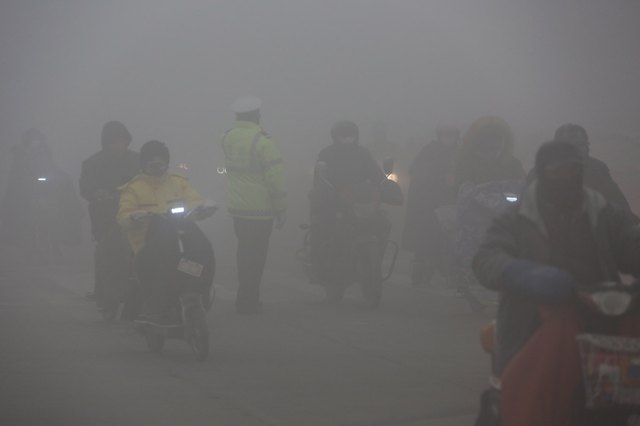
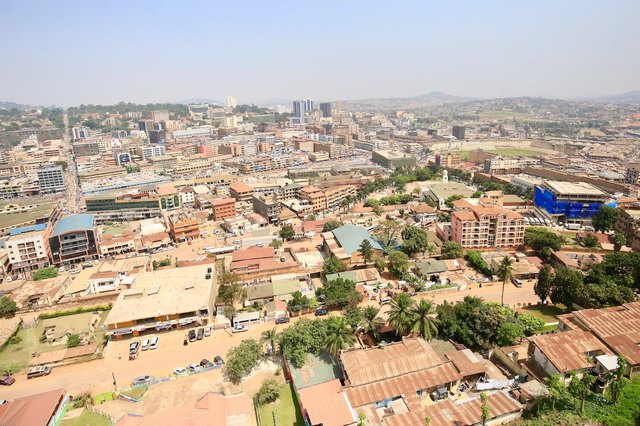

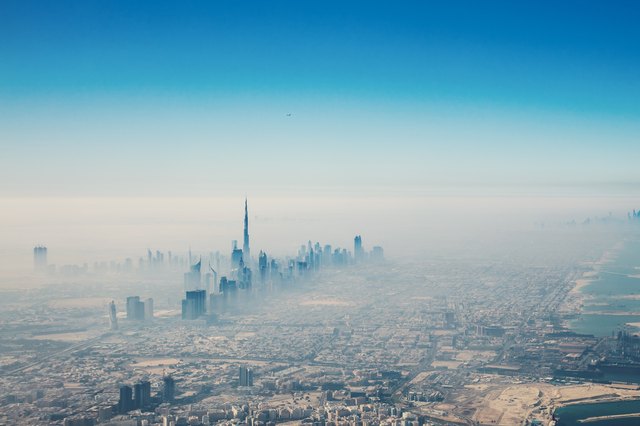
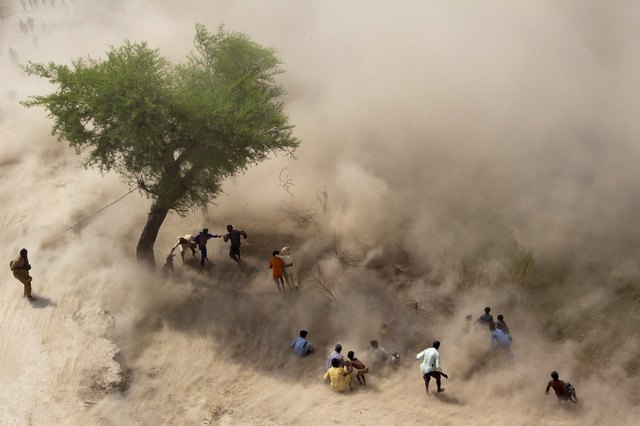
8. In India, 74 mg / m3

6. Air pollution in Africa is more likely to lead to premature death than unsafe water or child malnutrition, the Guardian reported in a 2016 study. According to the organisation for economic cooperation and development (OECD), particulate pollution in Africa increased by 36% between 1990 and 2013. Dr. Rana Roy, the study's author, said that used cars in rich countries have recently increased the pollution of existing urban open stoves to household cooking.
5. In Mauritania, the life expectancy of 85 mg / m3
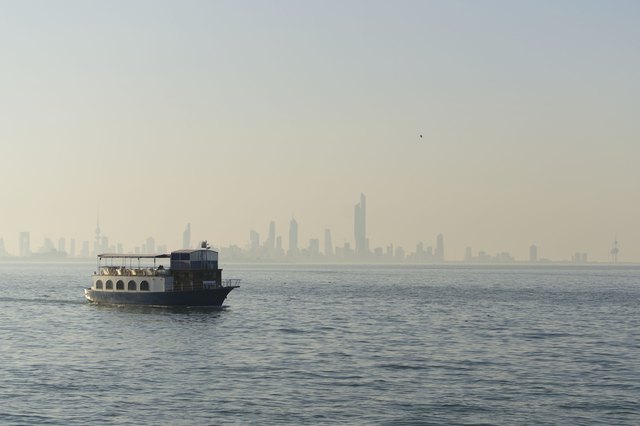
4. Bangladesh, 89 mg / m3
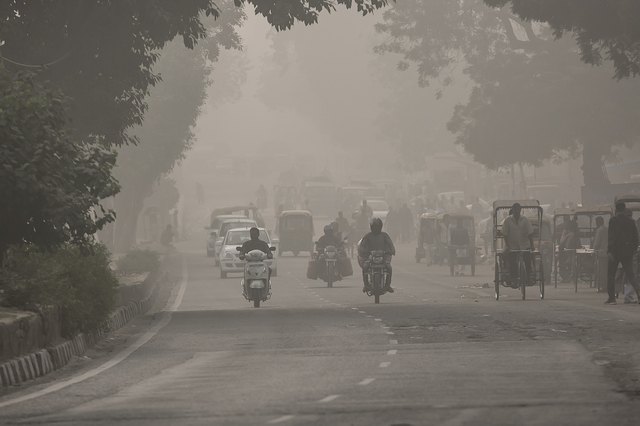
3. According to the Egyptian independent, the daily intake of pollution by Cairo residents has reached the level of smoking a pack of cigarettes. Industrial plants, especially those burning heavy and low-quality fuel mazut, are the main causes of air pollution, as well as dust storms and automobile emissions. The National Aeronautics and Space Administration reported that since 1999, there has been a "black cloud" over Cairo every autumn, caused by burning agricultural fires outside the city, in order to aggravate the situation. Saudi Arabia, 106 mg / m3
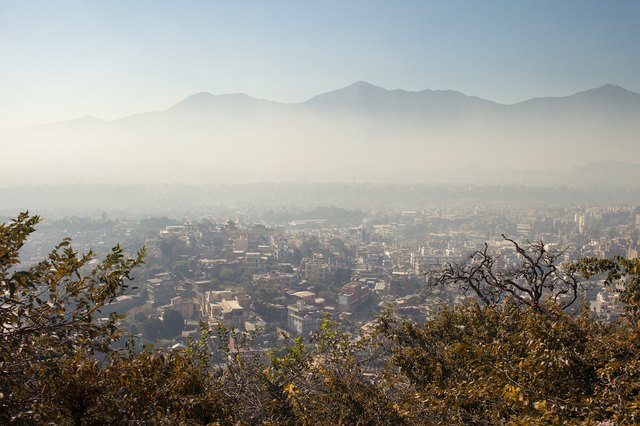

What do you think? Have you ever been to these places? How is the air quality near you? What do you do to reduce air pollution? Please let us know in the comment area!
